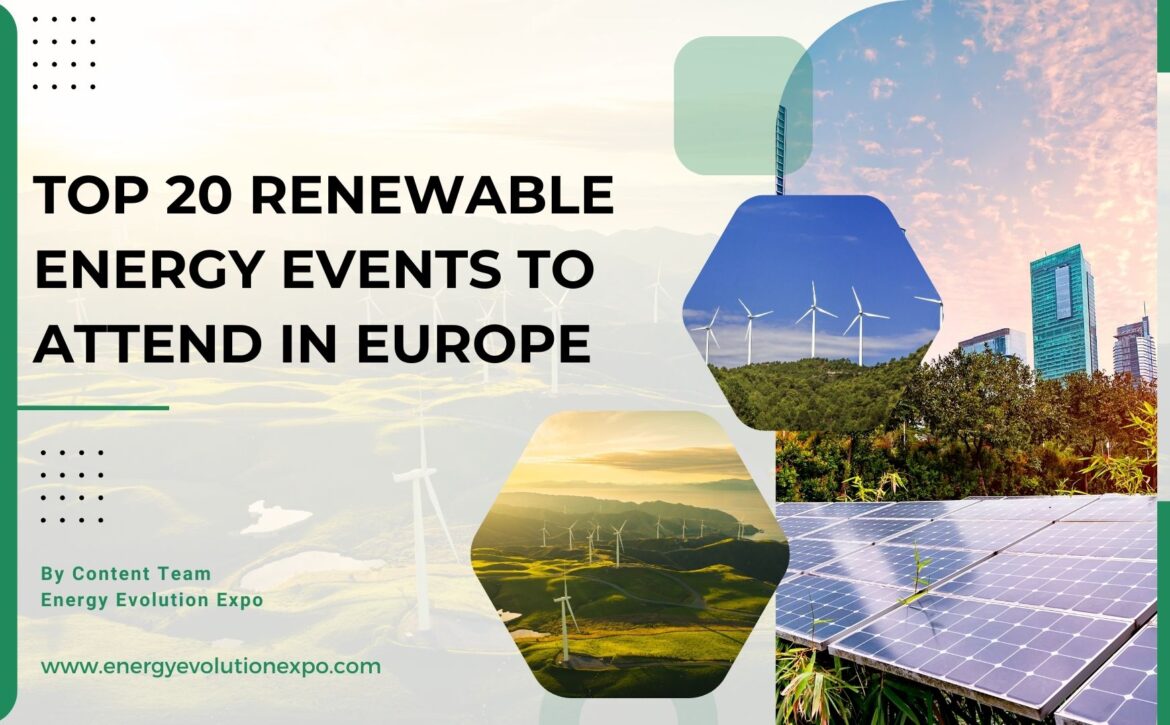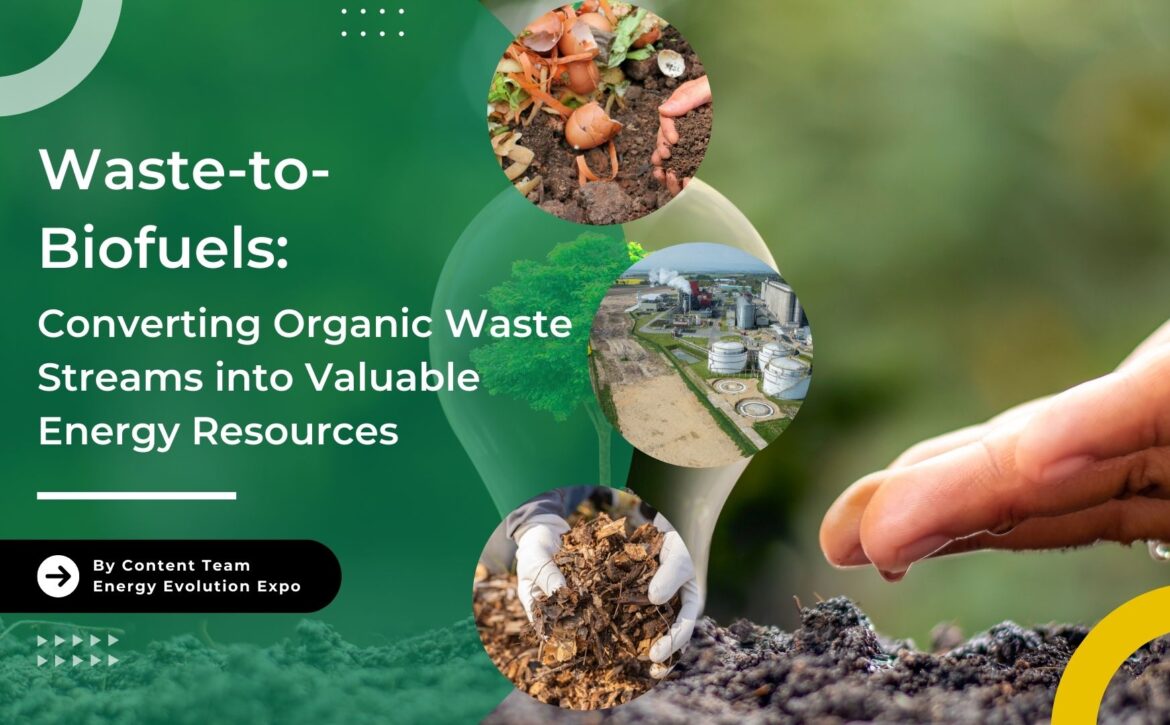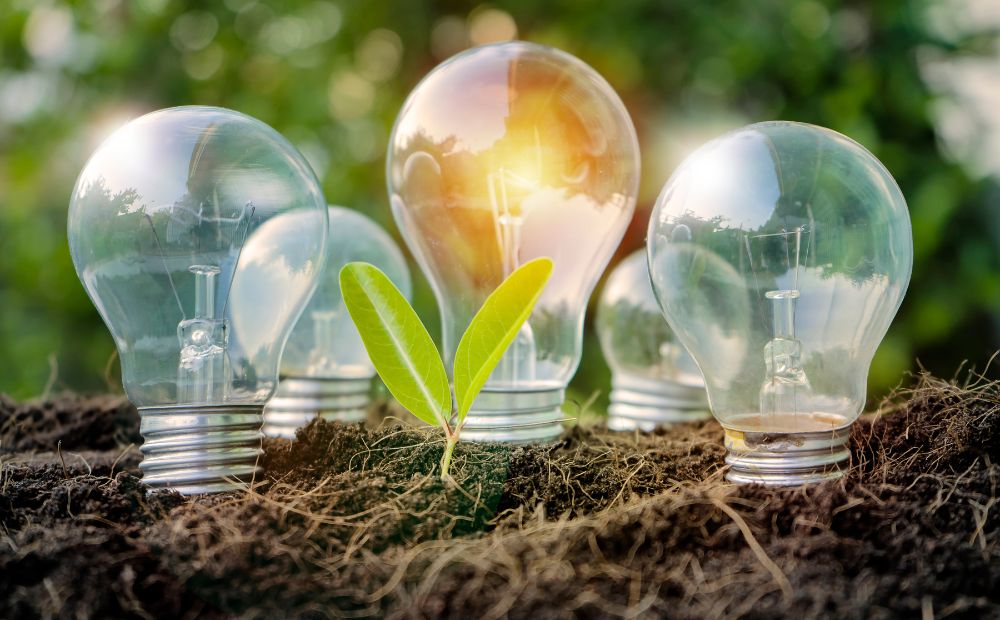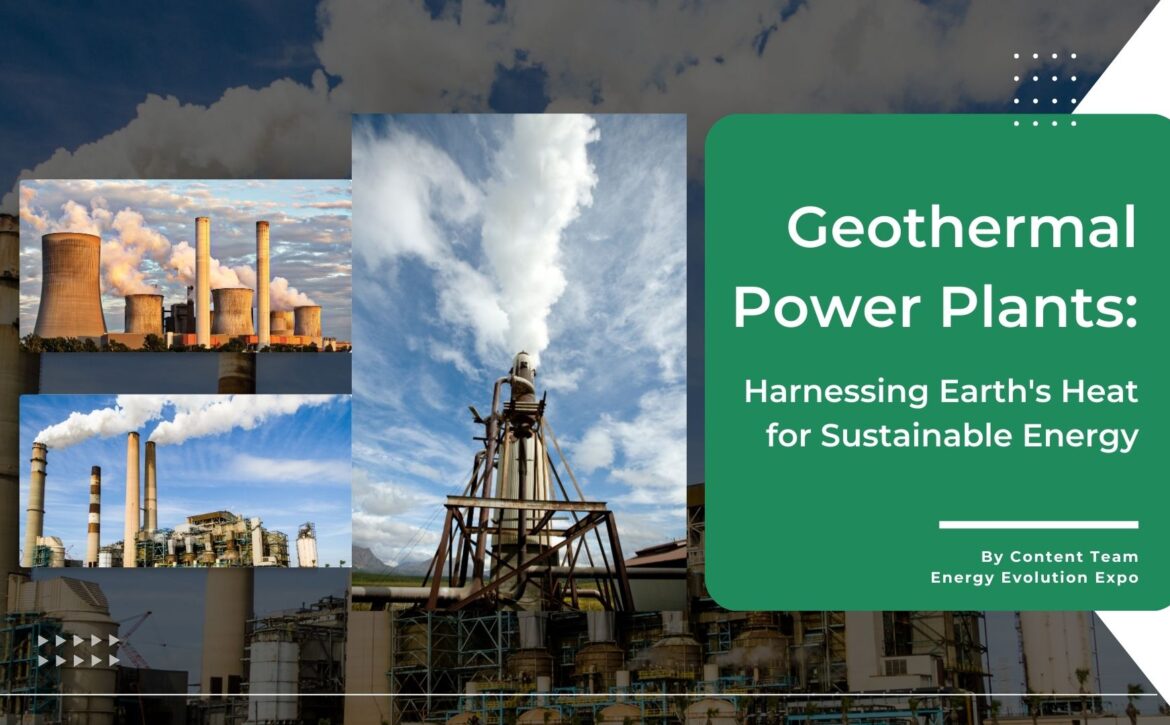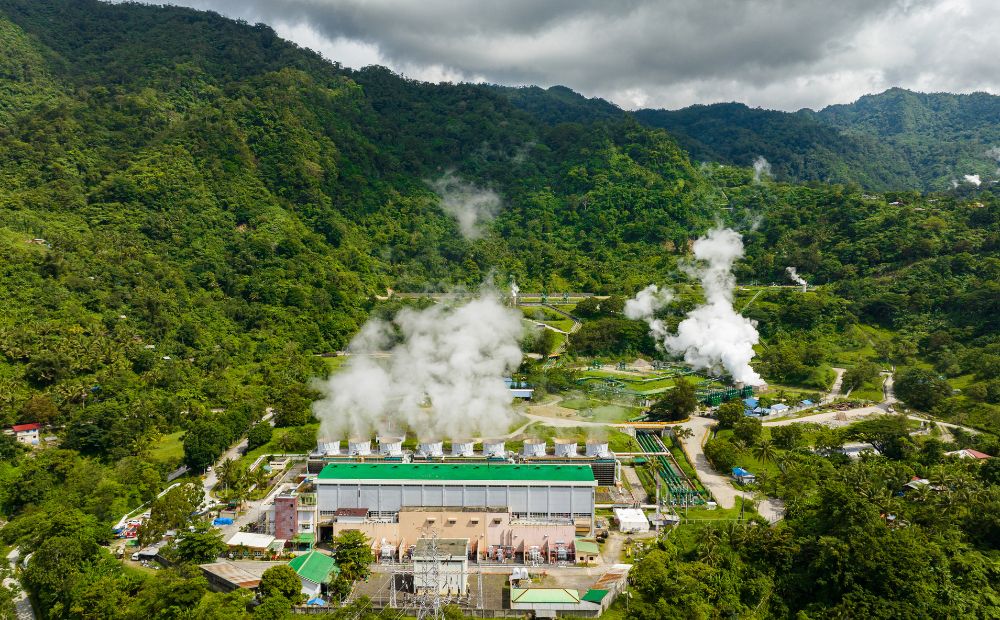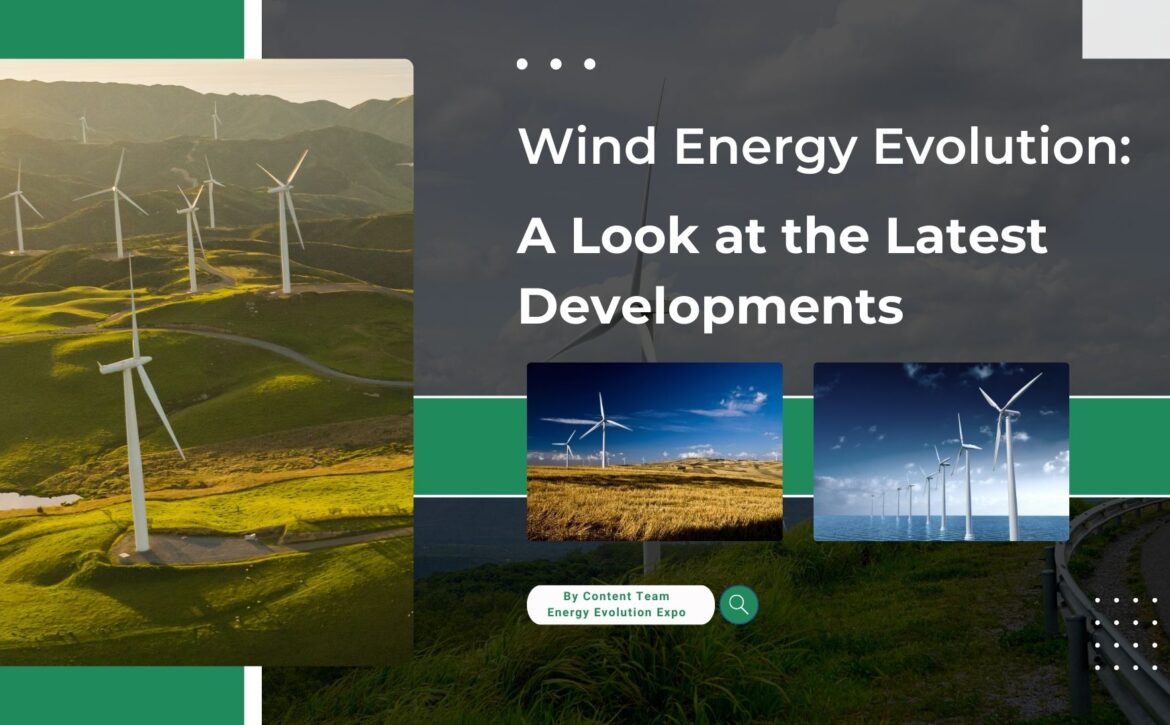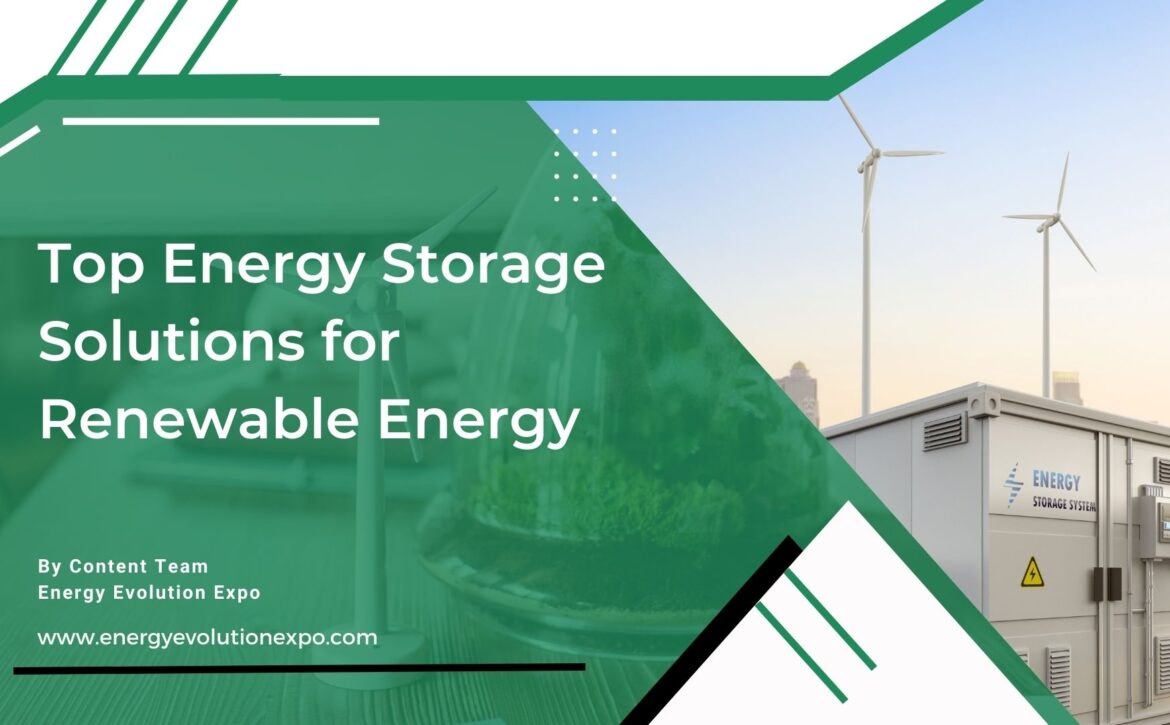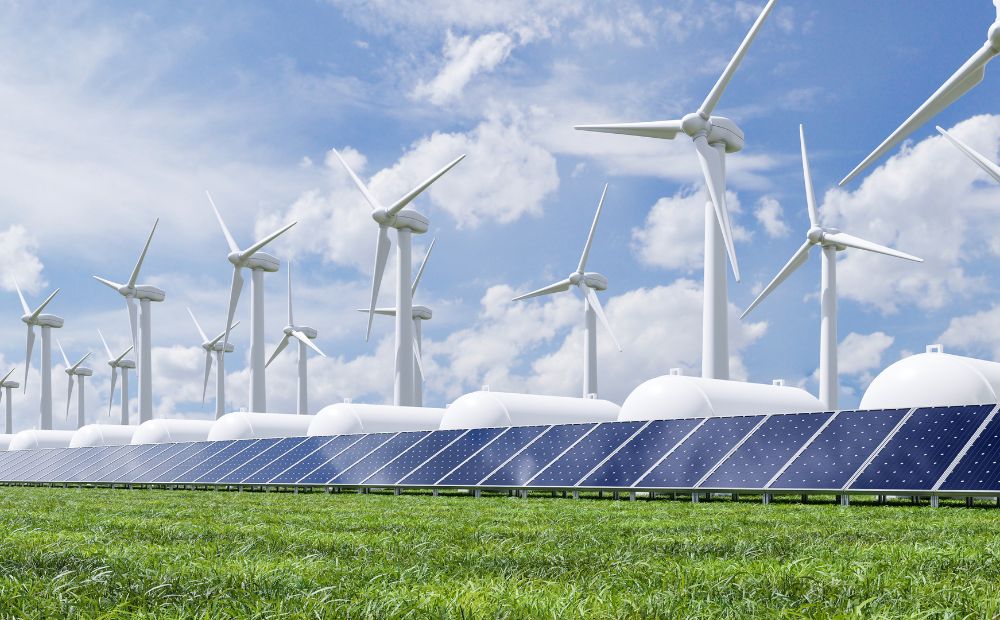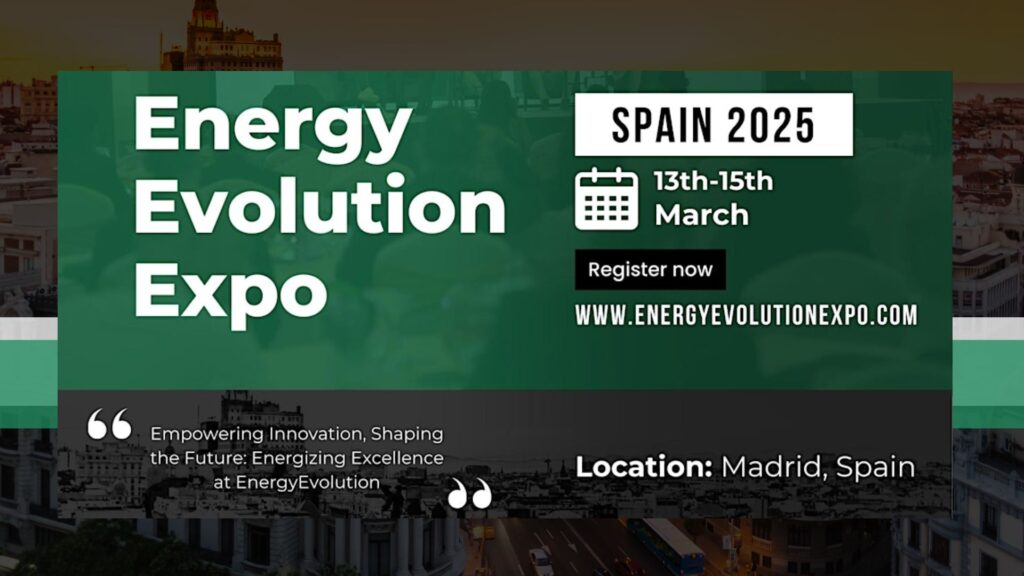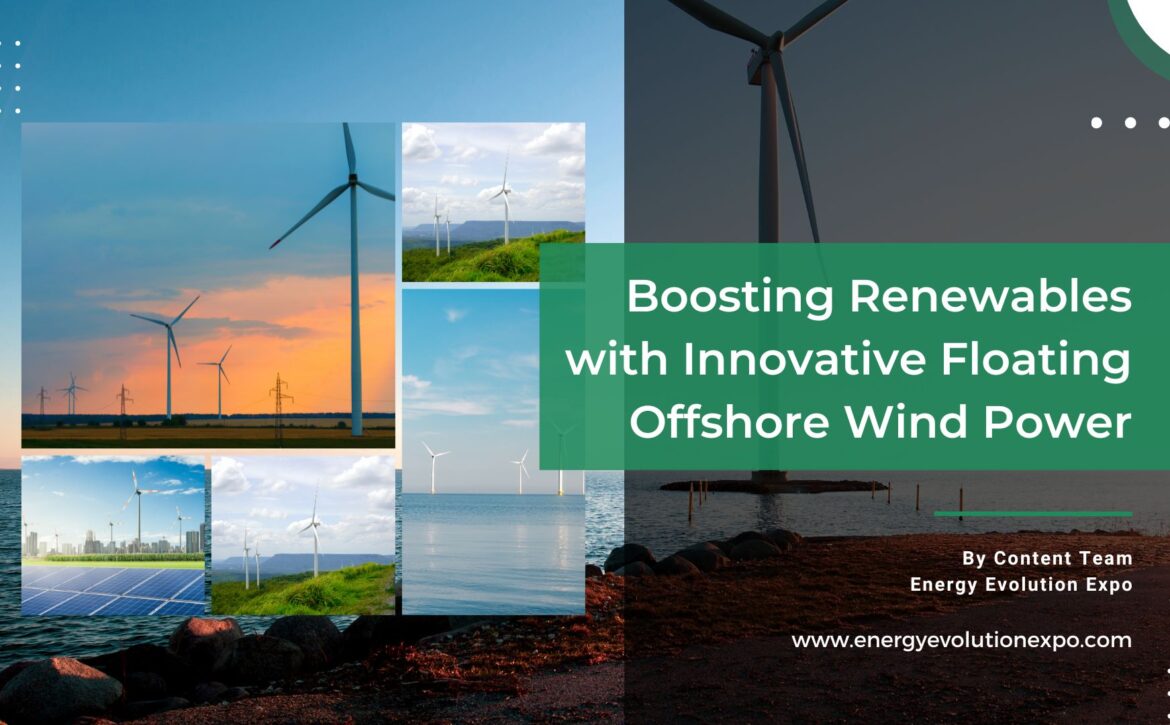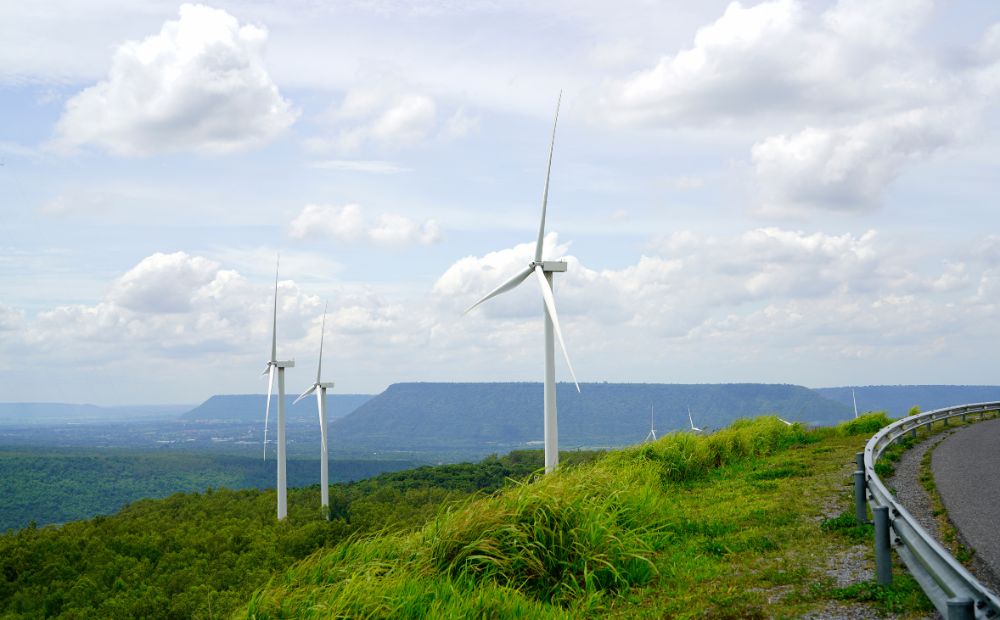Top 20 Renewable Energy Events to Attend in Europe
As the world warms, the shift from fossil fuels to renewable energy is accelerating rapidly. According to the International Energy Agency (IEA), global capacity for renewable power generation is growing faster than ever in the past three decades. By 2025, renewable energy is expected to surpass coal as the leading source of electricity worldwide, with wind and solar photovoltaic (PV) power anticipated to outpace nuclear energy in 2025 and 2026, respectively. Top renewable energy companies are playing a crucial role in driving this transition, investing in innovative technologies and expanding their operations to meet the increasing demand for clean energy.
Furthermore, by 2028, 68 countries are projected to rely primarily on renewables for their power needs. This surge in renewable energy is timely for policymakers and climate advocates addressing greenhouse gas emissions. At the 2023 United Nations Climate Change Conference (COP28), a goal was set to triple global renewable power capacity by 2030, aiming to advance decarbonization and achieve net-zero emissions.
Europe’s Renewable Energy Revolution
Europe is leading the way in renewable energy initiatives with a comprehensive set of policies aimed at accelerating the transition to clean energy. Key EU strategies like the Green Deal Industrial Plan, RePowerEU, and the Fit for 55 package are central to increasing renewable energy capacity and meeting climate goals. The European Green Deal seeks to make Europe climate-neutral by 2050, with a significant emission reduction target of 55% by 2030. RePowerEU aims to reduce reliance on fossil fuels, especially from Russia, and speed up renewable energy adoption.
The Fit for 55 package includes proposals to update EU legislation to meet these targets, such as enhancing the Emissions Trading System (ETS) and increasing renewable energy benchmarks. Supported by funding programs like Horizon Europe and the InvestEU Fund, Europe is investing heavily in clean energy technology and innovation, reinforcing its position as a global leader in the shift to renewable energy.
Top Renewable Energy Companies (Events) to Attend in Europe
Here are some upcoming events in the Renewable energy industry focussing on various EU goals, celebrating achievements, and showcasing innovations.
Table of Content
1. Energy Evolution Awards, Conference & Expo
Date: May 14-15, 2026
Venue: Madrid, Spain
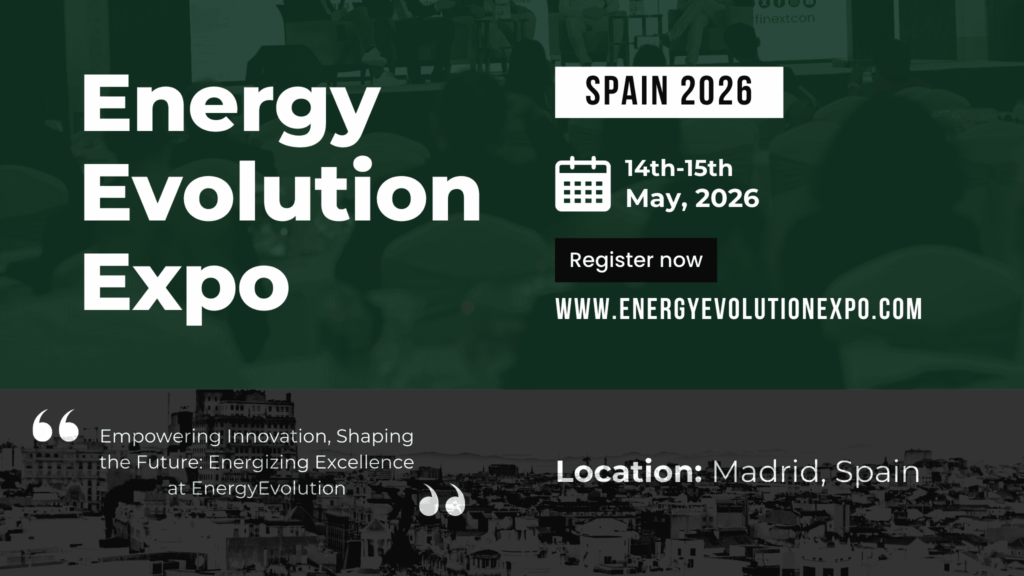
The Energy Evolution Awards, Conference, and Expo, organized by Next Business Media, will make its inaugural appearance in Spain in 2025. The event will take place over 3 days from March 13-15 and will be honoring excellence in Energy Technology and facilitating collaborations. Bringing together industry leaders to explore advancements and address challenges, the event is expected to celebrate achievements and promote sustainable practices to propel the Energy Industry into a technologically advanced sustainable era, shaping a brighter energy landscape.EnergyNext Awards, Conference & Expo, under the ownership of Next Business Media and endorsed by InternetShine Corp, USA, aims to establish a global hub for the energy technology sector.
It serves as a collaborative platform for tech startups, SMEs, established providers, investors, and institutions to connect and innovate across various topics, including energy security and sustainable solutions.
2. The smarter E EUROPE- Europe’s Largest Alliance of Exhibitions for the Energy Industry
Exhibition: June 19-21, 2024, Messe Munich, Germany
Conference: June 18-19, 2024, ICM Munich, Germany
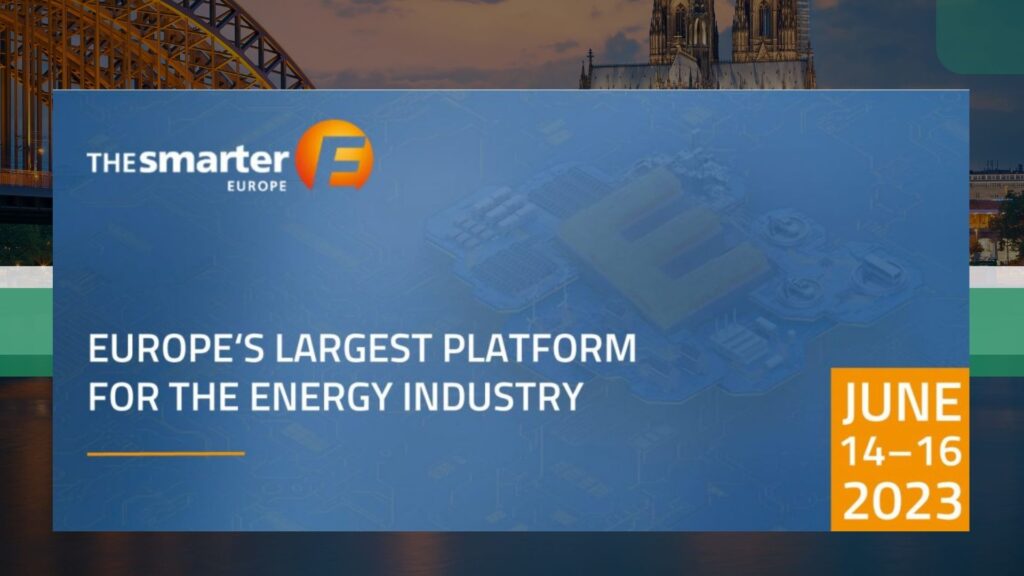
Accelerating Integrated Energy Solutions is the goal of The smarter E Europe, the largest alliance of exhibitions for the energy industry in Europe. Its mission is to spotlight renewable energies, decentralization, digitalization, and cross-industry solutions from the electricity, heat, and transport sectors to create a future-oriented, sustainable 24/7 energy supply.
The smarter E Europe comprises four exhibitions, gathering key global players to showcase the latest market developments, trends, and technologies.
1. Intersolar Europe – The world’s leading exhibition for the solar industry.
2. Ees Europe – The largest and most international exhibition in Europe for batteries and energy storage systems.
3. Power2Drive Europe – The international exhibition for charging infrastructure and e-mobility.
4. EM-Power Europe – The international exhibition for energy management and integrated energy solutions.
To highlight the industry’s innovative power, The smarter E Europe integrates conferences, forums, and workshops with these exhibitions.
Part of the international event series The smarter E, spanning three continents, The smarter E Europe is organized by Solar Promotion GmbH and Freiburg Wirtschaft Touristik und Messe GmbH & Co. KG (FWTM).
3. 32nd European Biomass Conference and Exhibition (EUBCE)
Date: June 24-27, 2024
Venue: Mersaille, France
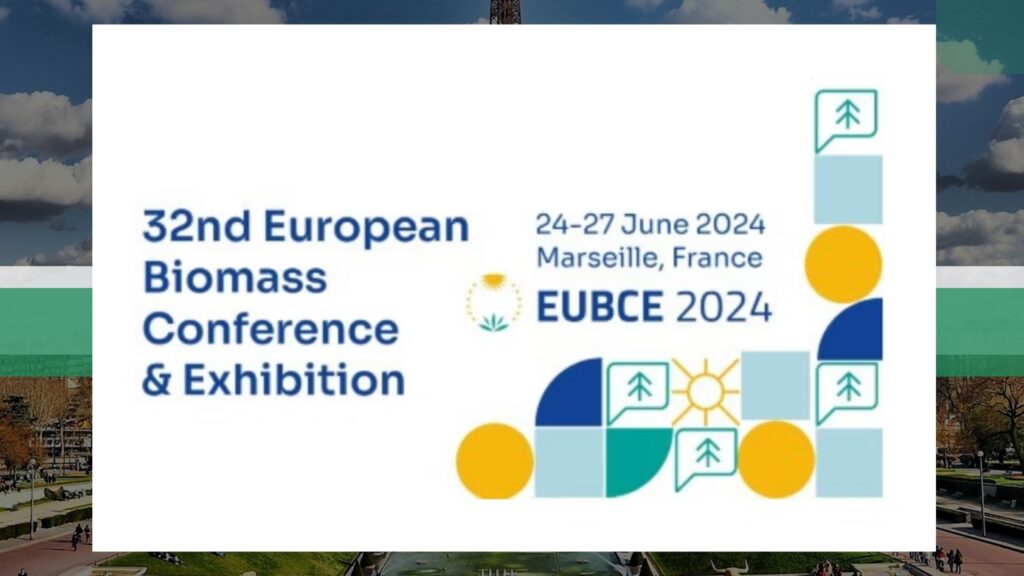
The European Biomass Conference and Exhibition (EUBCE) series, initiated by the European Commission in 1980 in Brighton, UK, began as a scientific gathering. As the use of biomass for bioenergy and fuels grew, the conference evolved to include industrial aspects and introduced a technology exhibition in 1996. In 2000, it expanded to host the 1st World Biomass Conference and Exhibition. With increasing awareness of environmental impacts, the conference has focused on government policies regarding biomass as a renewable resource.
The 32nd edition of the EUBCE, to be held at the Chanot Convention Centre from June 24 to 27, 2024, emphasizes the balance between environmental sustainability and economic performance across the biomass utilization chain, while maintaining a scientific perspective. This event encompasses all facets of biomass, including resources, research, innovation, deployment, and policies, with a strong emphasis on fostering partnerships between academia, research institutions, and industry. Presentations, selected from a Call for Papers, will include approximately 200 oral presentations and at least 500 posters, with over 750 papers already submitted.
With an expected attendance of more than 1,600 registered participants and visitors in the exhibition area, this edition is poised to be one of the largest and attract international media coverage.
4. Intersolar Europe
Date and Venue: Conference: June 18-9, 2024, Messe, Munich, Germany
Venue: Exhibition: June 19-21, 2024, ICM, Munich, Germany
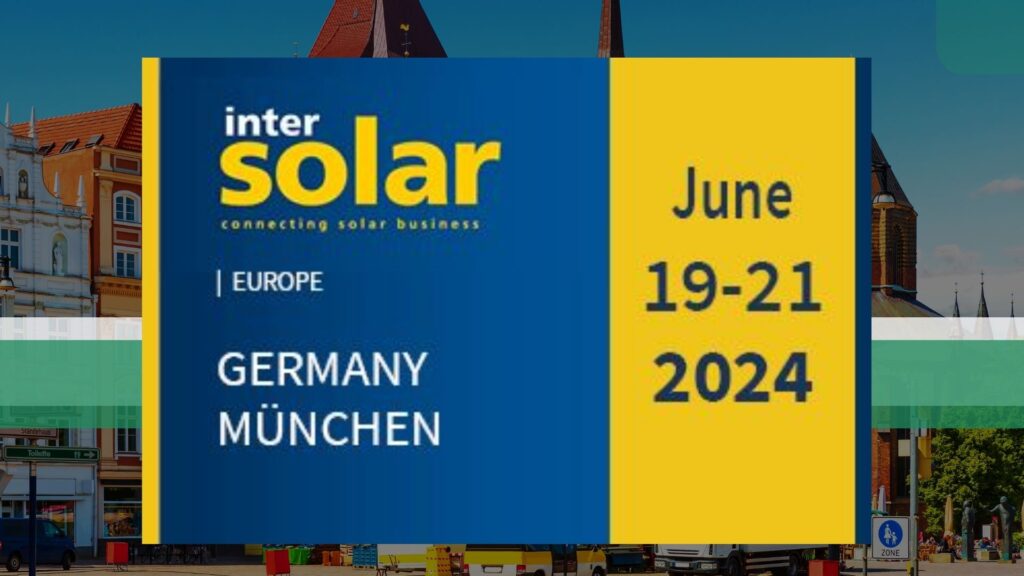
Intersolar Europe 2024 will be held in Munich, Germany, from June 19-21, 2024, as part of The smarter E Europe. It is Europe’s largest energy industry platform, emphasizing photovoltaics, solar thermal technologies, solar power plants, grid infrastructure, and renewable energy integration solutions. The event draws a worldwide audience of industry experts, including manufacturers, suppliers, distributors, service providers, and solar industry partners. The exhibition and conference offer a thorough overview of the latest advancements and innovations in the solar sector.
5. Connecting GREEN HYDROGEN Europe Conference and Exhibition (CGHE 2024)
Date: June 25-27, 2024
Venue: IFEMA, Madrid, Spain
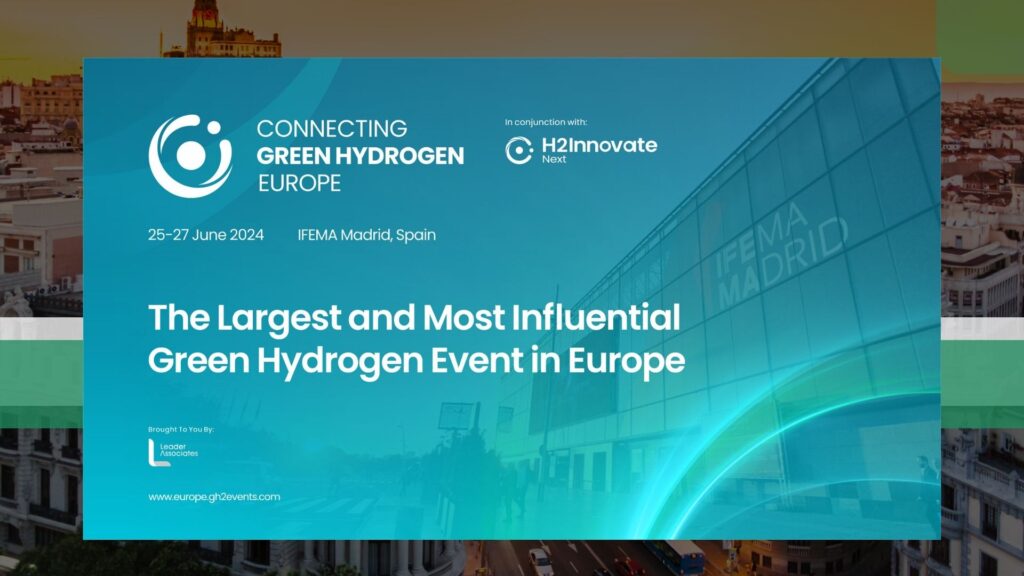
Connecting Green Hydrogen Europe 2024 (CGHE2024) is a major event focused on green hydrogen, set to take place at IFEMA Madrid from June 25-27, 2024. This influential conference will bring together over 5,000 participants, including industry leaders, government officials, CEOs, and more than 100 exhibitors. The event aims to boost the hydrogen economy by showcasing the latest innovations and technologies.
CGHE2024 features a large exhibition space of 10,000 square meters, offering attendees the chance to explore cutting-edge products and services. There will be 75+ sessions with insights from over 150 energy experts, covering various hydrogen-related topics. Key highlights include the C-Level Strategic Summit, the H2Innovate Next Summit, and various specialized programs such as the “Women in Hydrogen Program,” “Students’ Day,” and the “Startup Challenge Hub.”
Attendees will have ample networking opportunities, learning from masterclasses, and participating in forums that discuss major hydrogen projects in Southern Europe. This event is a unique chance to connect with key players and innovators driving the future of green hydrogen.
6. SPE Europe Energy Conference and Exhibition
Date: June 26-28, 2024
Venue: Turin, Italy
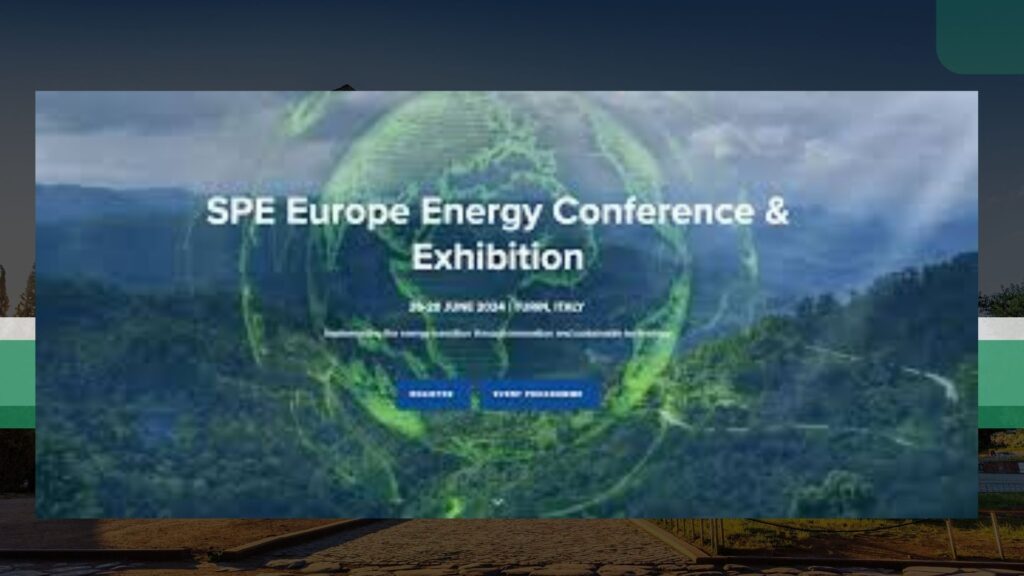
The SPE Europe Energy Conference and Exhibition 2024 will be held from June 26-28 in Turin, Italy. This event aims to connect traditional oil and gas technology with new clean energy solutions, fostering collaboration among leaders in the energy, geoscience, and environmental sectors. The focus will be on innovative approaches to decarbonization and the energy transition.
Attendees can expect peer-reviewed technical presentations on the latest innovations, opportunities to hear from industry experts, and sessions tailored for young professionals and students, highlighting the future of energy education. The conference will emphasize interdisciplinary collaboration, knowledge sharing, and discussions on optimizing the energy value chain to achieve net-zero emissions and sustainable energy practices.
7. Large-Scale Solar Southern Europe Summit
Date: July 2-3, 2024
Venue: Divani Palace Acropolis, Athens, Greece
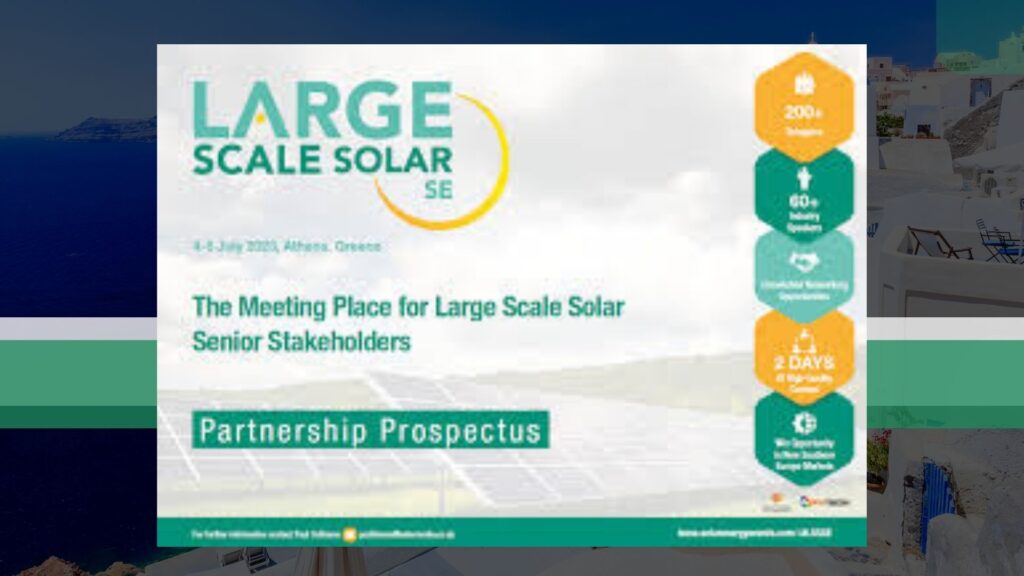
The 2nd Large Scale Solar Summit’s return to Greece in July. This event is tailored for senior professionals from leading developers, EPCs, banks, and funds in the region, bringing together key players from Greece, Turkey, Croatia, and Italy. The summit will address urgent challenges, opportunities, and trends in solar power production, alongside complementary technologies like energy storage and green hydrogen. It offers a unique opportunity to engage with the expanding solar industry market and contribute to discussions towards achieving government energy targets. With over a decade of gathering key stakeholders, this summit continues the tradition of fostering collaboration and progress within the solar sector.
8. 2nd European Congress on Renewable Energy and Sustainable Development
Date: November 11-12, 2024
Venue: Heathrow Hotel, London, UK
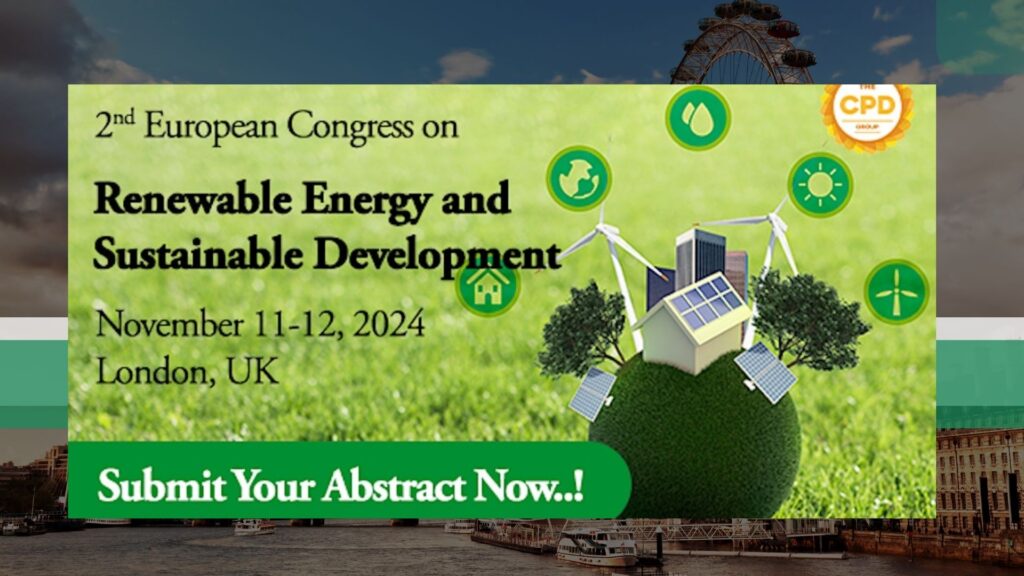
he 2nd European Congress on Renewable Energy and Sustainable Development will be held in London, UK, from November 11-12, 2024. This conference, organized by Scisynopsis, focuses on the theme “Current Trends in Energy, Environment, and Sustainable Development” and aims to deliver advanced eco-friendly energy solutions that provide competitive advantages and cost savings for industrial and business sectors.
Attendees can expect a variety of sessions, including cutting-edge presentations, panel discussions, and networking opportunities. The conference will feature contributions from researchers, professors, scientists, business delegates, entrepreneurs, practitioners, managers, and students from around the globe. Topics will cover a broad spectrum of renewable energy sources such as solar, wind, hydro, and geothermal, as well as sustainable development practices and clean technology trends
Participants are encouraged to submit abstracts for presentations, which include studies on energy efficiency, carbon capture and storage, smart grids, energy storage, and clean transportation. The event aims to foster lively interactions with industry leaders and experts, making it a key opportunity for professionals to stay updated on the latest developments in the field
9. 41st European Photovoltaic Solar Energy Conference and Exhibition
Date: September 23-27, 2024
Venue: Vienna, Austria
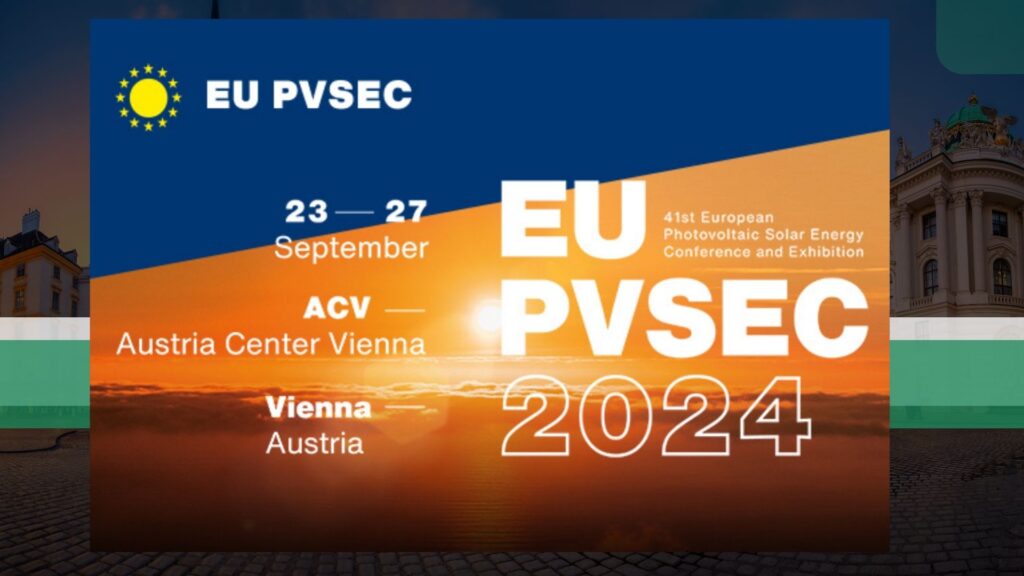
The 41st European Photovoltaic Solar Energy Conference and Exhibition (EU PVSEC) will be held from September 23 to 27, 2024, at the Austria Center Vienna in Vienna, Austria. This event is the largest international conference for photovoltaic (PV) research, technologies, and applications, and it also features a major PV industry exhibition. Organized by the European Commission Joint Research Centre, EU PVSEC brings together the global PV community to present and discuss the latest developments in photovoltaics, network, and conduct business.
The event will include approximately 1,200 scientific presentations, including oral and poster sessions, and expert workshops covering a wide range of topics such as silicon materials, thin films, PV system engineering, and new PV concepts like agri voltaics and building-integrated photovoltaics. The exhibition will showcase cutting-edge technologies and innovations from the PV industry, making it a key platform for industry leaders and researchers to exchange knowledge and forge partnerships.
10. Decarb Connect Europe 2024
Date: June 17-19, 2024
Venue: Berlin, Germany
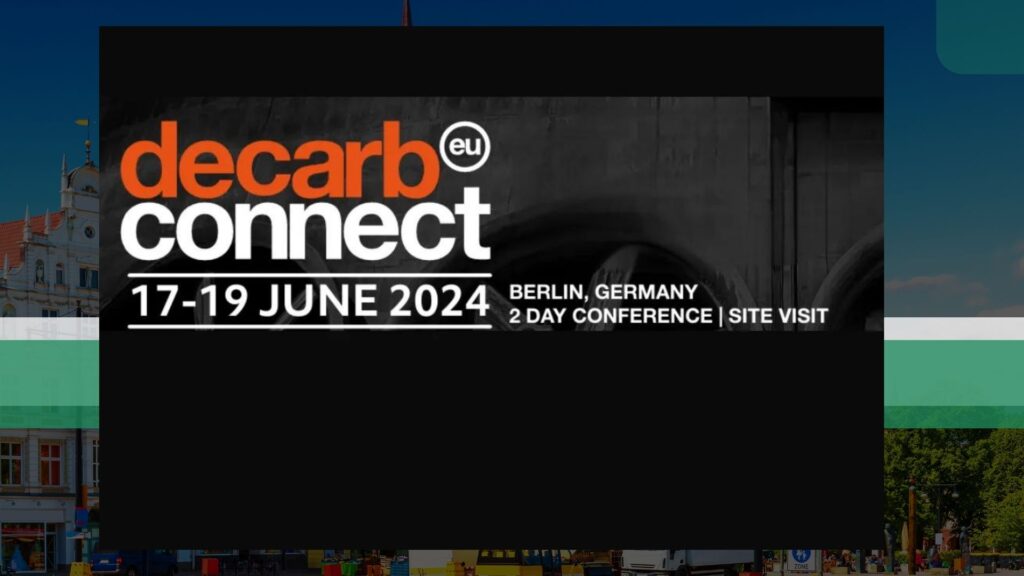
Decarb Connect Europe 2024 is set to take place from June 17 to 19 at the Hotel Palace Berlin. This event is all about driving forward industrial decarbonization. It gathers industry leaders, tech innovators, policymakers, and financiers from across Europe to discuss how to reduce CO2 emissions and transition to net zero.
You can expect a dynamic program featuring case studies, panel discussions, and interactive roundtables that cover topics like carbon capture, hydrogen technology, waste valorization, and financing mechanisms for green initiatives. The event also includes site visits to notable industrial facilities and a special networking dinner to help attendees forge valuable connections. With representatives from diverse sectors such as cement, metals, chemicals, and more, Decarb Connect Europe is a prime opportunity to engage with key players in the field and explore the latest advancements and strategies in decarbonization.
11. Energy Transition Europe 2024 (ETEU)
Date: September 30- October 1, 2024
Venue: London, UK
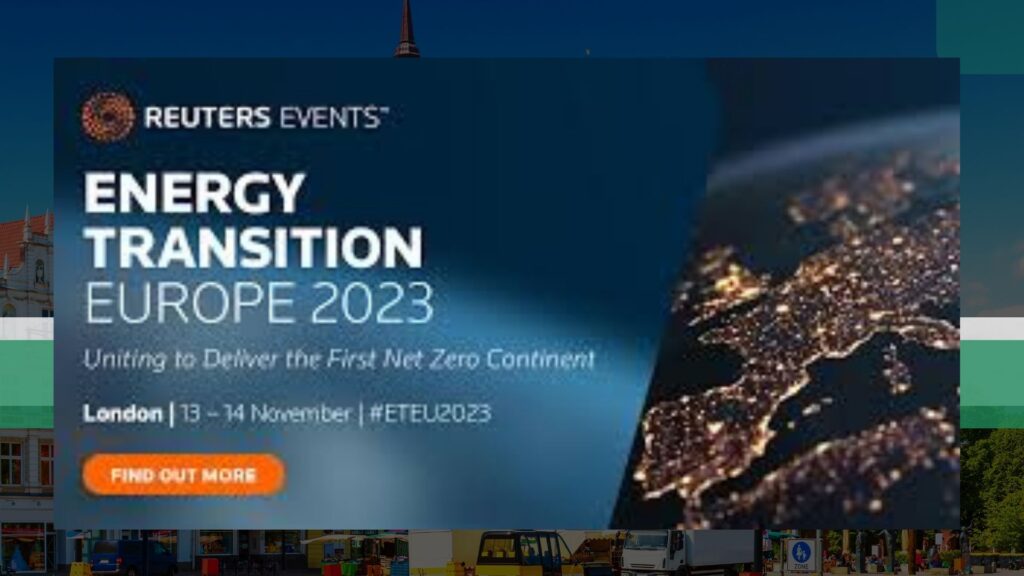
The Energy Transition Europe 2024 conference, organized by Reuters Events and set to take place in London on September 30- October 1 is a crucial gathering of industry, finance, and government leaders focusing on Europe’s energy transition and decarbonization efforts. The event will explore key topics such as mobilizing green investment, collaborative governance, energy security, diversification, electrification, and carbon management. With prominent speakers from companies like Octopus Energy, AkerBP, and Ørsted, attendees can expect insightful discussions, presentations, and networking opportunities aimed at accelerating the continent’s shift towards a sustainable energy future.
12. World Energy Transition Conference 2024
Date: September 5, 2024
Time: 6.30 p.m.- 9.30 p.m.
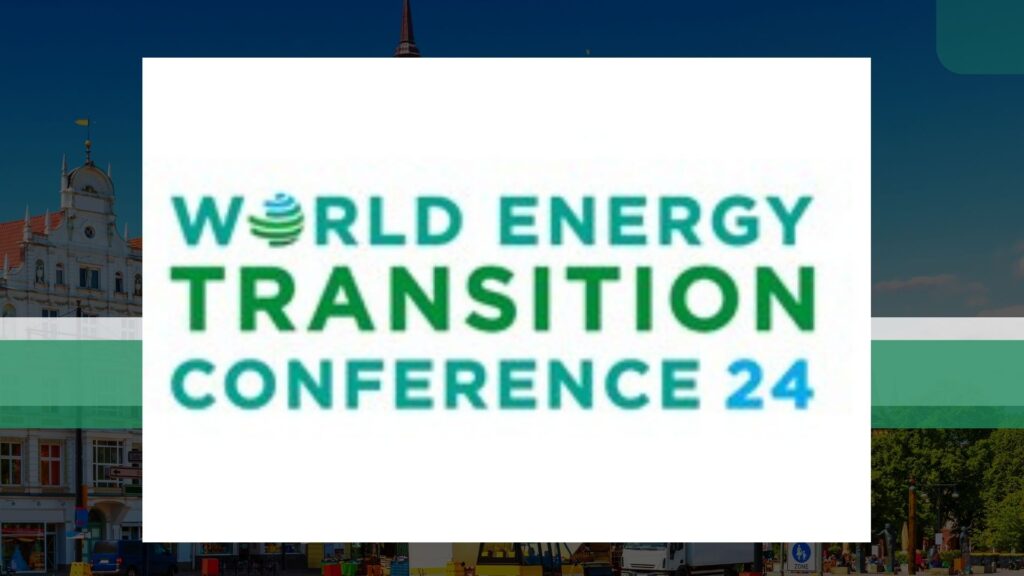
Hydrocarbon Engineering is hosting its World Energy Transition Conference, a virtual event dedicated to exploring innovative decarbonization technology and solutions driving the transition to a low-carbon energy future, on Thursday, September 5, 2024. The conference features a series of presentations from global leaders in the energy transition, offering attendees unique insights and actionable business opportunities. Sponsored by industry giant Endress+Hauser, this conference is set to provide valuable perspectives on the future of the energy sector.
13. Solar & Storage LIVE
Date: September 17-18, 2024
Venue: Zurich , Switzerland
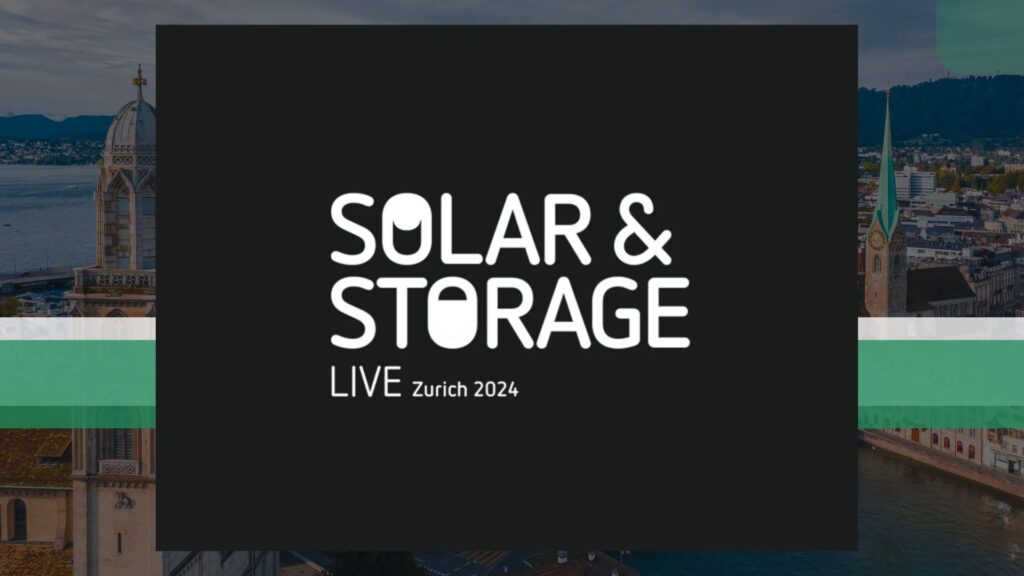
The Solar & Storage Live Zurich 2024 event, organized by Terrapinn, is set to be a significant gathering from September 17th to 18th, 2024, at Messe Zurich, Switzerland. As a premier trade show and conference, it caters to the solar, storage, and electric vehicle charging industries, boasting a substantial lineup of over 500 exhibitors, 100 speakers, and anticipated attendance of over 10,000 industry professionals. Attendees can expect to explore cutting-edge products and services from top-tier companies across various sectors, including panel manufacturing, inverters, EV charging infrastructure, legal services, mounting systems, and more.
The event welcomes a diverse range of participants, including professionals from the stranded gas industry, along with distinguished speakers, delegates, and other relevant attendees eager to engage with the latest industry trends and innovations.
14. Wind Energy Hamburg: The Global On & Offshore Event
Date: September 24-27, 2024
Venue: Hamburg, Germany
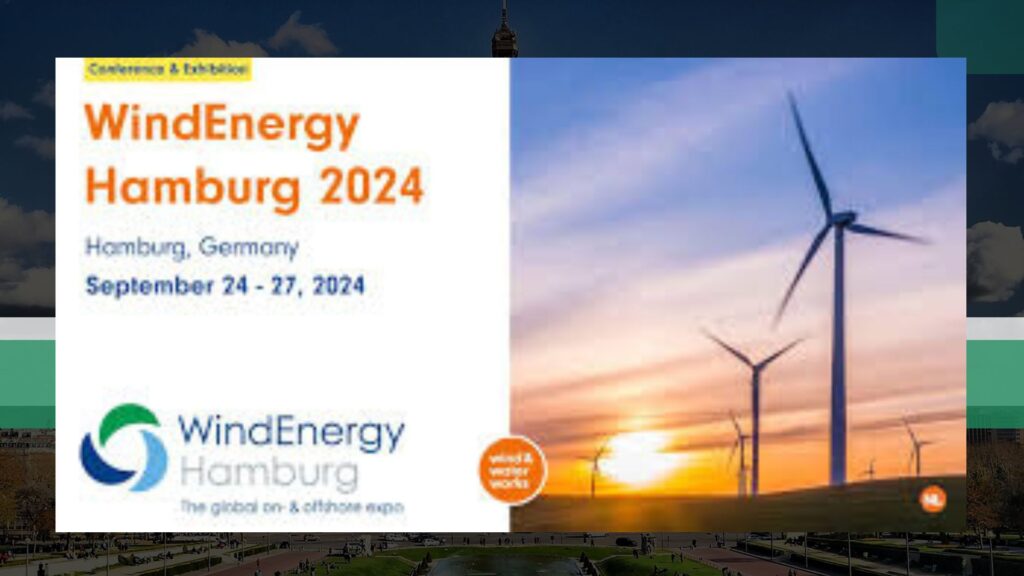
This edition of WindEnergy Hamburg will take place from 24th to 27th September 2024. This an event specifically designed to address the critical issues confronting the global wind energy sector. With a focus on assembling a high-quality, professional audience alongside exhibitors showcasing their latest innovations and solutions spanning the entire industry value chain, the event promises to shine a spotlight on key industry players across all halls. More than just a trade fair, WindEnergy Hamburg encompasses the entirety of the wind energy value chain and places a special emphasis on storage technologies.
Additionally, it offers a robust supporting program and various added benefits, including synergies with SMM, the prominent international maritime industry fair held at the same venue just before WindEnergy Hamburg. These attributes collectively position WindEnergy Hamburg as the preeminent event for the wind industry.
15. Offshore Wind NorthEast (OWNE) 2024
Date: November 6-7, 2024
Venue: Monkwearmouth, Sunderland
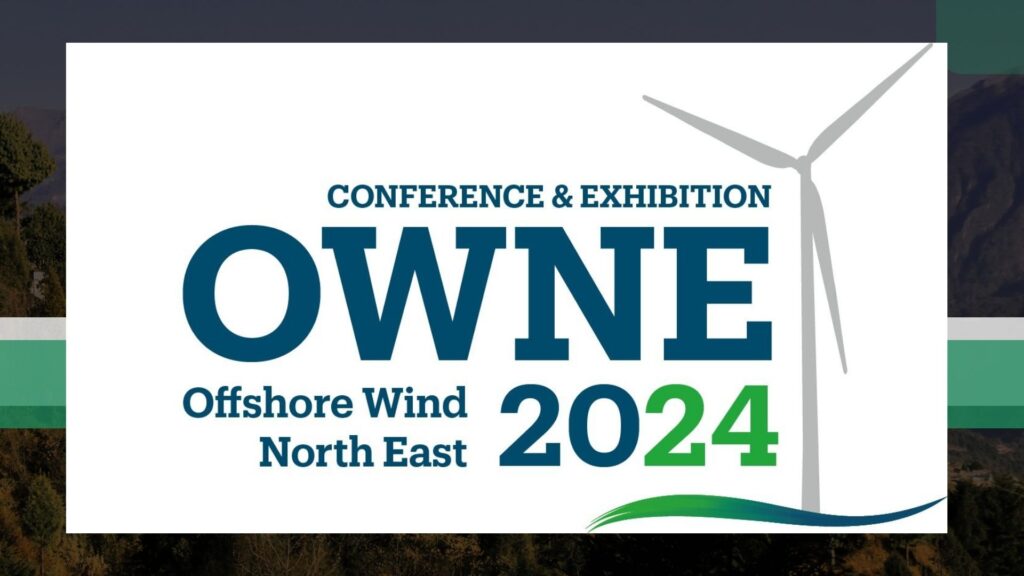
Offshore Wind North East (OWNE) stands out as a premier event dedicated to exploring themes and opportunities within the offshore wind sector. With an impressive array of speakers, the event provides updates on business activities, highlights opportunities for the supply chain, and offers insights on future engagement strategies. OWNE 2024 gathers key stakeholders, including industry leaders, policymakers, and technology innovators, to address the sector’s latest developments and challenges. Serving as a hub for networking, knowledge-sharing, and collaboration, the event is committed to advancing the growth and sustainability of offshore wind energy in the North East.
16. EnerGaïa, The Renewable Energy Forum
Date: December 11-12, 2024
Venue: Parc des Expositions, Montpellier, France
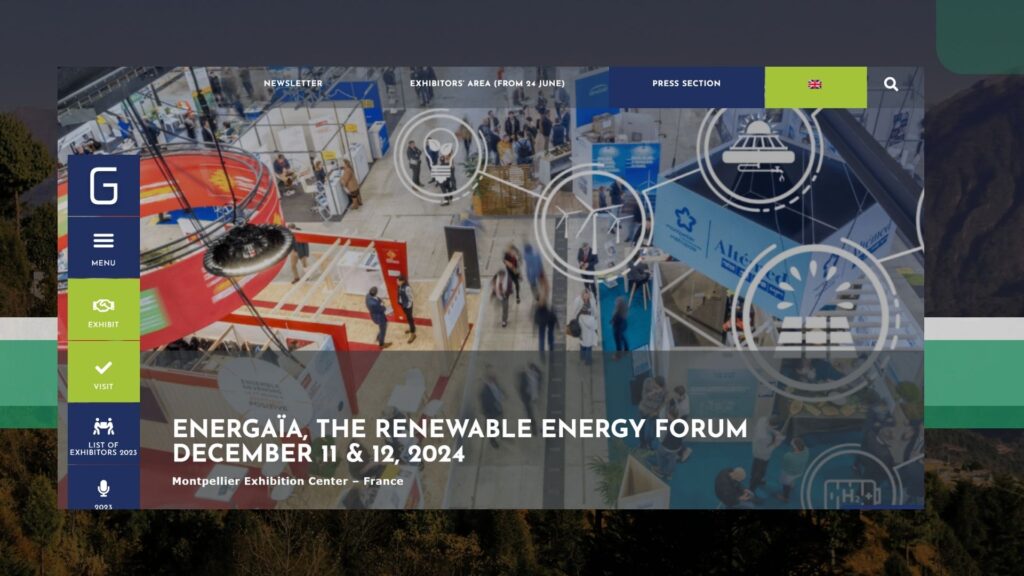
EnerGaïa Forum, hosted by SPL Occitanie Events, is a global gathering focusing on Renewable Energies, happening on December 11 and 12, 2024, at the Parc des Expositions in Montpellier. Supported by the Occitanie / Pyrénées-Méditerranée region, it aims to spotlight efforts towards energy transition and the region’s goal to lead Europe in positive energy initiatives. Now in its 18th year, the forum is a key hub for professionals and local authorities, drawing in around 17,000 attendees in 2023.
It features diverse themes, engaging sessions, and exhibitions, making it a vital event for anyone in the renewable energies sector. The forum isn’t just about networking; it’s about discovering new innovations, staying updated on industry trends, and fostering meaningful exchanges to drive the energy transition forward.
17. The 42nd Euroheat & Power Congress
Date: June 3-5, 2024
Venue: Rotterdam, Netherlands
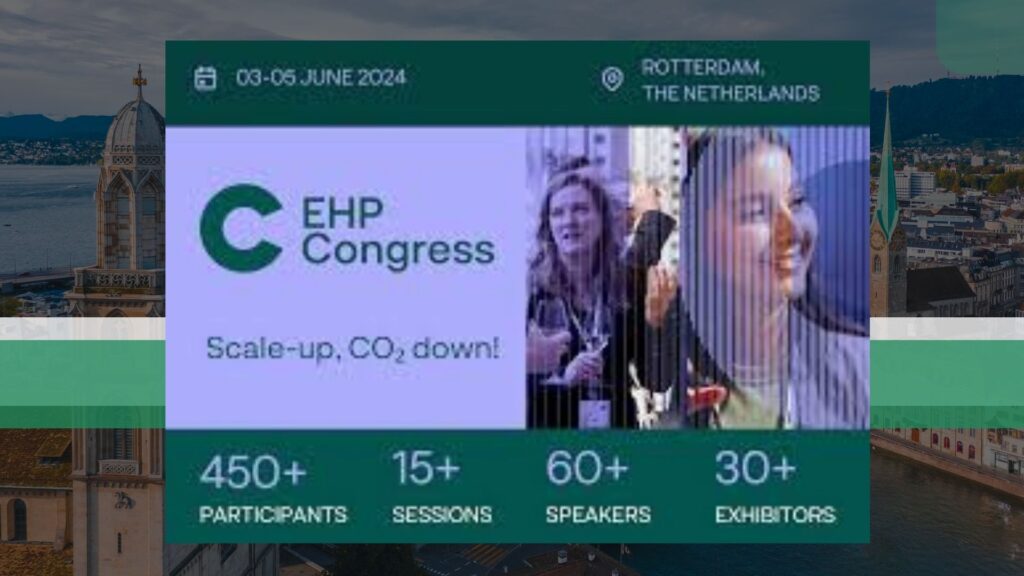
The Euroheat & Power Congress offers an unparalleled platform for companies to showcase their brand, products, and services to the global heating and cooling community. Whether as Platinum, Gold, or Silver Sponsors, exhibitors, or workshop hosts, participants can engage with industry leaders, decision-makers, and policymakers shaping the future of sustainable heating and cooling. With over 450 professionals in attendance, the event fosters valuable networking opportunities and facilitates business connections. Moreover, the Congress underscores the significance of district heating and cooling networks in Europe’s transition away from fossil fuels, providing insights into legislation, technology advancements, and market trends.
As the premier business event in the industry, the Euroheat & Power Congress is a must-attend for companies, start-ups, consultancies, universities, and local authorities committed to accelerating the adoption of sustainable heating solutions.
18. 6th Biogas PowerON European Conference
Date: September 25-26,2024
Venue: Copenhagen, Denmark
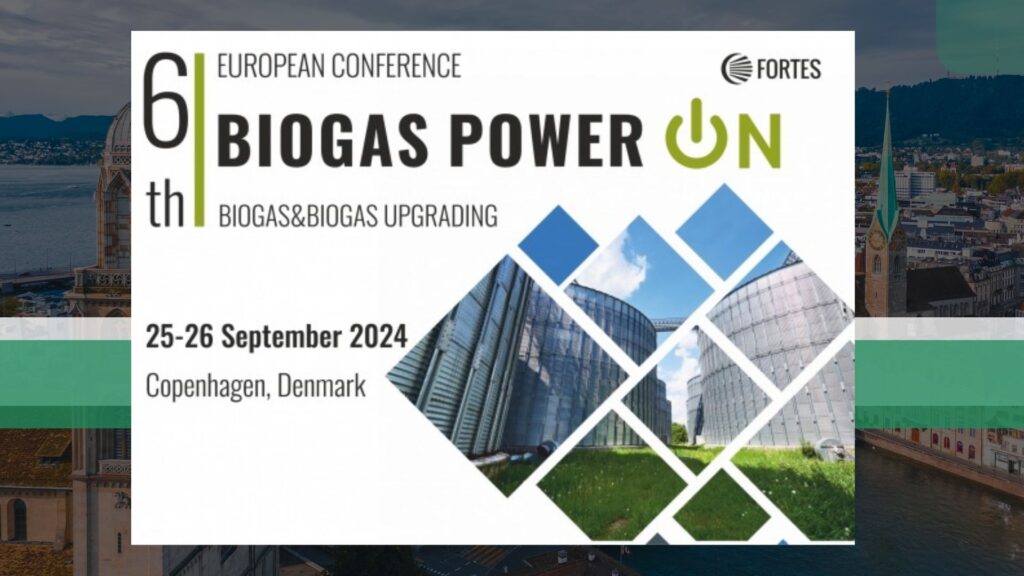
Following the resounding success of Biogas PowerON 2023, which attracted over 130 attendees from 22+ countries, the organizers are thrilled to announce the eagerly awaited 6th European Conference Biogas PowerON 2024. Set to take place on September 25-26, 2024, in Copenhagen, Denmark, this edition promises an impressive lineup of speakers delivering highly anticipated presentations, stimulating industry panel discussions, insightful technical sessions, and extensive networking opportunities. Against the backdrop of Europe’s energy crisis and its emphasis on energy independence and security, biogas continues to gain momentum.
The coming years are pivotal for its growth and expansion, with initiatives like The Biomethane Industrial Partnership (BIP) playing a crucial role in supporting the EU’s sustainable biomethane production targets. The conference, featuring presentations from industry experts and case studies of ongoing projects, offers a comprehensive overview of the biogas sector, addressing topics such as new regulations and evolving market dynamics. It serves as a prime platform for networking and knowledge exchange among leaders across the biogas value chain, including suppliers, end-users, technology providers, and government representatives.
19. Foresight NetZero Live 2024
Date: June 12-13, 2024
Venue: Hull, UK
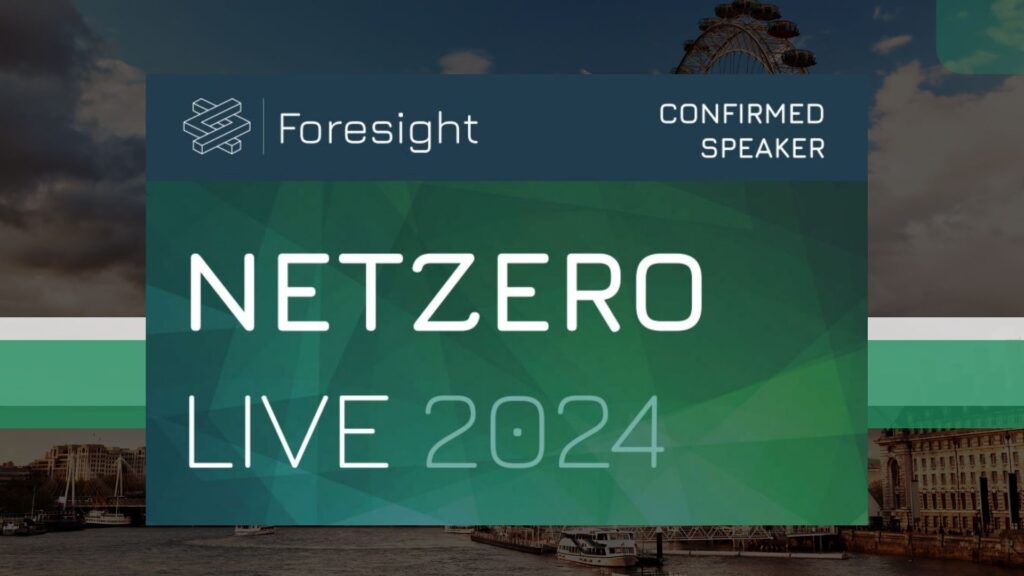
Foresight NetZero Live 2024 is a prestigious international gathering, uniting industry leaders committed to reducing and eliminating their carbon emissions. Now in its fourth year, the event is sponsored by the Tees Valley Combined Authority, Clarke Energy, and Uniper, and will take place over two days at the DoubleTree Hilton in Hull on June 12th and 13th. The North East of England and the Humber Region, known for their significant industrial activity and potential investment in decarbonization technologies, provide an ideal setting for this event.
Attendees will hail from energy-intensive sectors such as iron and steel, cement, glass, paper and pulp, pharmaceuticals, chemicals, refining, food and drink, ceramics, energy, construction, ports, and transport, as well as project developers and NetZero solution providers. The event aims to showcase the latest projects, technologies, and engineering advancements aimed at modernizing industrial processes and achieving NetZero goals.
20. Renewable Connect 2025
Date: March 24-26, 2025
Venue: Paris, France

The International Connect on Renewable and Sustainable Energy is scheduled to occur from March 24 to 26, 2025, in the dynamic city of Paris, France. RENEWABLE CONNECT 2025 provides an extensive platform for stakeholders to interact, network, and advocate for positive change in the renewable energy sector. Whether individuals are seasoned professionals, budding researchers, or enthusiastic students, this conference pledges to offer a transformative experience at the forefront of renewable energy dialogue.
Ultimately, the “RENEWABLE CONNECT 2025” conference acts as a catalyst for fostering innovation, championing sustainability, and tackling the pressing global energy challenges of both the present and future. Participants are invited to join in Paris as they engage, collaborate, and map out the journey towards a greener, more sustainable future.
These Renewable energy summits and conferences are significant forums for advancing the global transition towards sustainable energy systems. By bringing together experts, policymakers, industry leaders, and stakeholders, these events facilitate knowledge sharing, networking, and collaboration. They provide opportunities to showcase the latest technologies, projects, and investment opportunities in renewable energy, stimulating market development and driving innovation. Moreover, these gatherings serve as platforms for policymakers to develop supportive regulatory frameworks and for stakeholders to advocate for policies that promote renewable energy adoption. By raising awareness, educating stakeholders, and fostering collaboration and partnerships, renewable energy summits and conferences play a crucial role in accelerating the shift towards a low-carbon, resilient energy future.


